1. A Phone Book
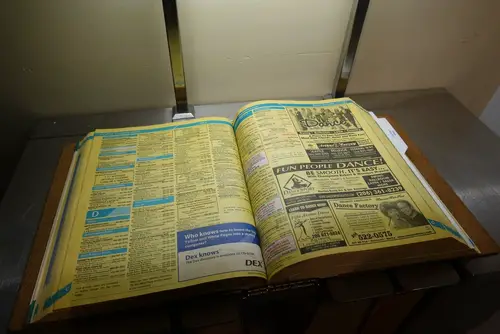
Every American home had one of these thick, heavy tomes just waiting to be cracked open. It wasn’t just for looking up numbers; it was a way to explore your town’s businesses and services. Kids would flip through it, pretending to find mysterious addresses, and adults relied on it for emergency contacts. Before Google, this was your lifeline to the local world.
People memorized the numbers they used most and often tacked sticky notes onto the pages. It was also the ultimate source of neighborhood gossip, like spotting a new dentist or the arrival of a pizza place. Some families even kept old phone books as a reference for historical addresses. Everyone had a copy, and it was a permanent fixture near the kitchen or living room.
2. VHS Player
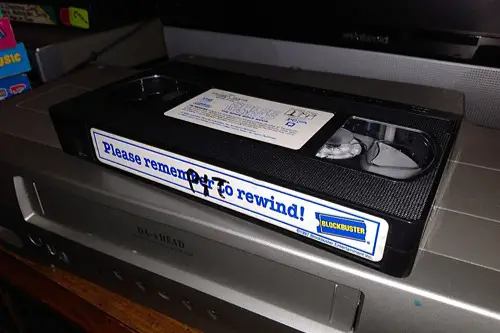
The VHS player was basically the Netflix of the ’80s and ’90s. Movie nights revolved around picking a tape from the local video store and popping it into the machine. Kids learned patience as they waited for rewinding and fast-forwarding. It was a tactile experience—pressing buttons and hearing the hum of the motor was oddly satisfying.
Recording your favorite TV shows was a big deal too. You had to program the timer, hope it didn’t mess up, and pray that the tape didn’t get eaten. Friends would always come over to watch a new rental, making it a social experience. Owning a VHS player was both entertainment and pride; it said, “We watch movies at home, thank you very much.”
3. Encyclopedias

These multi-volume sets were the ultimate source of knowledge before Wikipedia. Parents made their kids use them for school projects, teaching research skills the old-fashioned way. Each volume was thick and intimidating, but it was full of tiny pictures and interesting facts. Families took pride in owning a complete set; it was almost a status symbol.
You’d often see them lined up on the living room shelf, occasionally pulled down for an impromptu fact-finding mission. They were heavy, dusty, and occasionally outdated, but they represented a commitment to learning. Children would spend hours flipping through pages, learning about planets or historical events. Encyclopedias were a quiet way to explore the world without leaving your home.
4. Rolodex
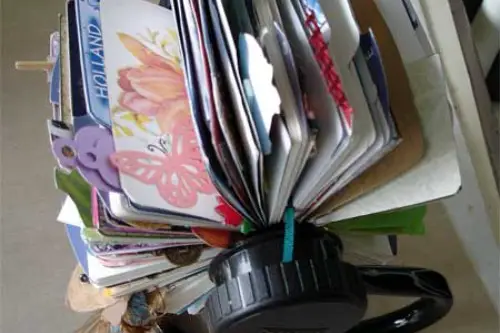
Before digital contacts, people had these spinning cards on their desks. Each card held an important number or address, and sometimes even a birthday or note. Businesses relied heavily on them to keep organized, and homes often had one for family and friends. It was the closest thing to a mini database you could physically touch.
You could customize your Rolodex with colored tabs or small stickers, making it a surprisingly personal tool. Flipping through it was oddly satisfying, and losing a card could cause minor panic. Kids might play with it when no one was looking, spinning the dial to see all the names. It was a simple yet essential part of keeping a household connected.
5. Landline Telephone
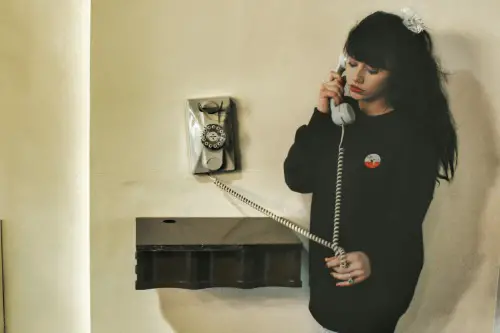
Almost every house had a corded or cordless phone attached to the wall or a base. It wasn’t just for calls—it was a way to send messages if you weren’t home, usually via an answering machine. Long-distance calls were expensive, so families strategically scheduled chats. Kids memorized numbers instead of scrolling through a screen.
Corded phones had a satisfying click when you hung up, and the ring was unmistakable. Even cordless phones had limited range, which made moving around the house part of the fun. Party lines were rare but a quirky part of history in some places. The landline was a lifeline in a way that smartphones never quite replicate.
6. Cassette Tapes and Players
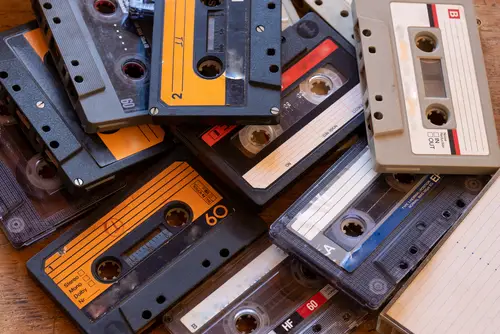
These little magnetic tapes were the precursor to CDs and digital playlists. Making a mixtape for a friend or crush was considered an art form. You had to rewind, fast-forward, and sometimes deal with the tape getting tangled. The sound quality wasn’t perfect, but the experience was unforgettable.
Walkmans allowed people to carry music anywhere, creating personal soundtracks for walks or commutes. Recording songs off the radio required patience and perfect timing. Families often had stacks of tapes stored neatly in cases or drawers. Owning cassettes meant having a personal library of music you could actually touch and hold.
7. Landline Answering Machine
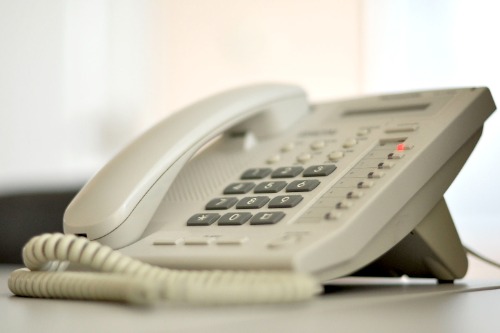
Before voicemail, households had these electronic wonders sitting next to the phone. They captured messages while you were away, often on tiny reels or tape cassettes. It was exciting to hear a beep and then a voice from a friend or family member. Every message had a tangible permanence, unlike today’s instant deletes.
Some machines had funny voices announcing the caller or the number of messages. Kids loved playing the messages back, while adults occasionally worried about running out of tape. They could even be a mini alarm system, letting you know who had stopped by. It was a small but essential piece of pre-Amazon communication tech.
8. CD Collection
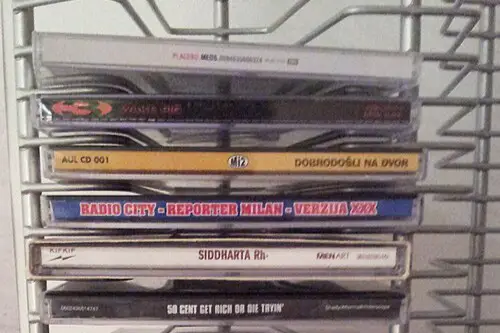
CDs replaced cassettes in the ’90s, and families collected them with pride. Pop, rock, classical—every household had at least a small stash of favorites. You’d browse them carefully, placing them in a player, and carefully avoid scratching the surface. Sharing music became a tactile, almost ceremonial process.
CD players were often paired with a stereo system, creating the perfect listening experience in the living room. Cover art and liner notes gave context you just don’t get with streaming. Kids sometimes swapped albums with friends, trading music like precious currency. The CD collection represented identity, taste, and nostalgia in one neat package.
9. Board Games
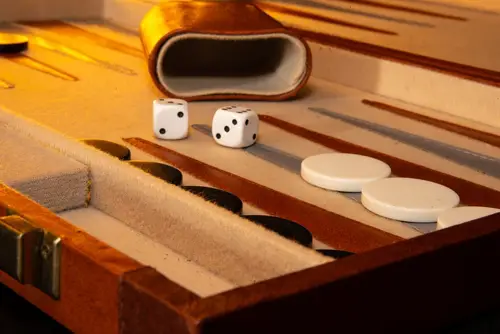
Before endless apps, board games were the family’s go-to entertainment. Monopoly, Clue, Scrabble, or Sorry! could take over a whole afternoon or evening. They were social, interactive, and often competitive, sparking debates and laughter. Every home had a shelf dedicated to these time-tested classics.
Some games became heirlooms, passed from parents to children with all the original pieces. Rainy days, holidays, and family gatherings revolved around these tabletop adventures. Playing them taught patience, strategy, and sometimes diplomacy. Board games were a cornerstone of household bonding, far beyond simple entertainment.
10. Newspaper Subscription

Many families still got their news delivered every morning or evening. The newspaper wasn’t just for headlines; it contained comics, classifieds, and ads for local events. Kids read comics while parents skimmed sports or finance sections. It was a morning ritual that structured the day.
Some families clipped coupons or kept articles in scrapbooks. Obituaries, birth announcements, and local stories gave households a sense of community. Even the act of folding and passing around pages had a rhythm unique to print. The newspaper was the go-to for information, entertainment, and social awareness before the digital age.
11. Photo Albums
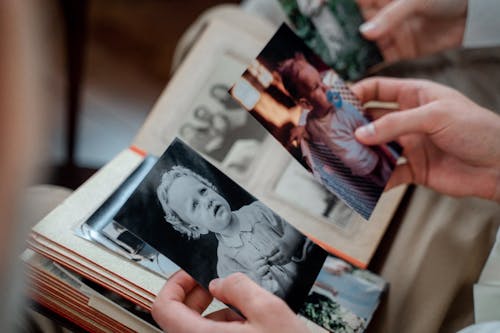
Before Instagram and Google Photos, memories were tangible and often painstakingly organized. Families printed photos, stuck them in albums, and wrote little captions. Flipping through pages could spark storytelling, laughter, and nostalgia. Each album represented a carefully curated history of a household.
Kids enjoyed revisiting baby pictures or school events, sometimes reorganizing albums for fun. Albums were displayed on coffee tables or shelves, encouraging casual viewing. Developing and printing photos was an event in itself, often happening at a local shop. Photo albums captured moments in a way that a digital screen never fully replicates.
12. Alarm Clock
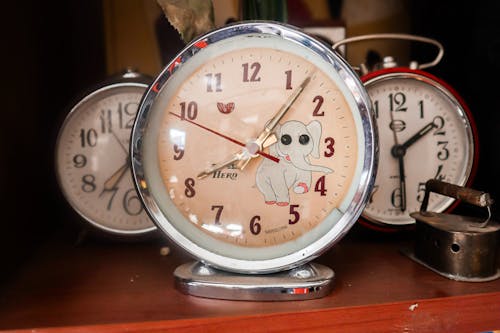
Before smartphones, the alarm clock was the undisputed morning dictator. Beeps, buzzers, or sometimes jingles ensured no one overslept. Placement near the bed was strategic, because the harder it was to reach, the more likely you’d wake up. Some even had radios, combining entertainment and utility.
Kids sometimes played with the knobs, enjoying the satisfaction of setting and resetting. The ticking of analog clocks added a soothing, constant background rhythm to rooms. Batteries were changed religiously to avoid disaster mornings. The alarm clock was both a tool and a silent household companion.
13. Spice Rack
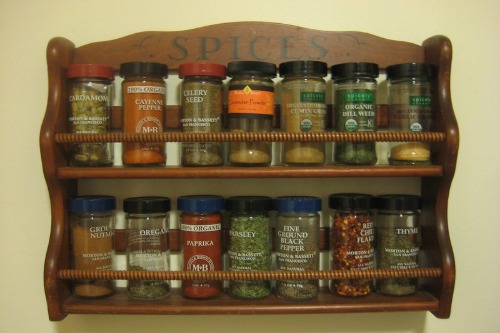
Every kitchen had a collection of essential spices neatly arranged in jars or tins. Salt, pepper, paprika, and garlic powder were just the basics, but some adventurous cooks went further. A well-stocked spice rack meant your meals could travel the world without leaving your kitchen. Kids learned the smell of cinnamon, nutmeg, and oregano before they could spell them.
It was also a visual representation of the household’s cooking habits. Some racks were rotating carousels, others simple trays, but all offered instant flavor upgrades. Experimenting with spices was part of growing up in a home with curiosity about food. The spice rack was both practical and a subtle source of culinary pride.
14. Landline Phone Directory for Kids
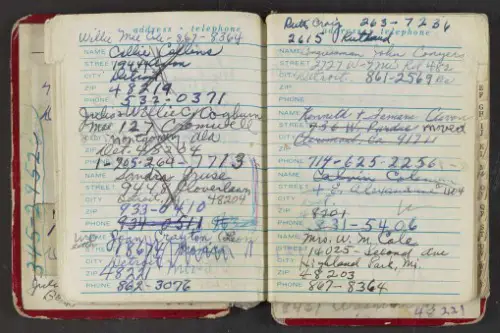
Separate from the adult phone book, many households had a smaller directory just for kids. It listed friends, relatives, and babysitters so they could call safely. Often colorful or illustrated, it encouraged independence while keeping numbers organized. It was also a way to avoid the “lost the number” panic.
Parents would teach kids how to dial correctly and spell out names. The directory might get doodled on, personalized, or decorated. It was a small but meaningful tool for growing responsibility. And yes, every child treasured the sense of having their own little phone world.
15. VCR Rewinder
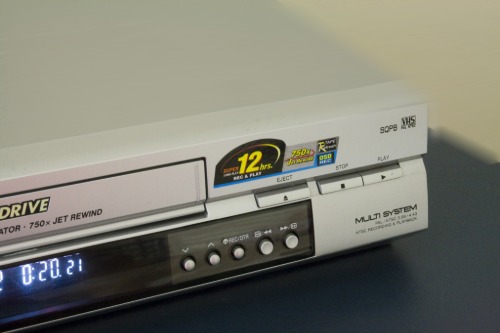
Because rewinding a VHS tape manually was slow and tedious, households often had a dedicated rewinder. It saved wear and tear on the main machine and kept impatient kids from waiting endlessly. Rewinding became a ritual in itself, often accompanied by the humming sound of the motor. It was a tiny but necessary accessory for serious movie watchers.
Renting tapes meant returning them in pristine condition, and the rewinder was key. Families sometimes competed to see who could finish rewinding first. Though simple, it represented an era of analog entertainment with very tangible maintenance. Without a VCR rewinder, movie night could be delayed—or worse, tapes could get damaged.
16. Rotary or Push-Button Wall Phone
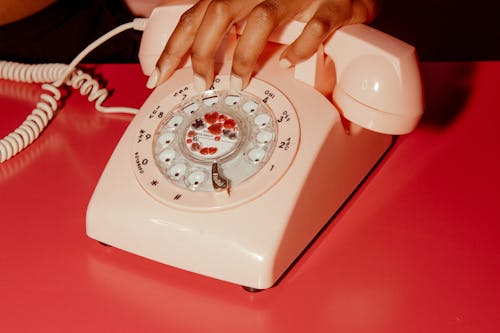
Some households still clung to older rotary models, or the newer push-button wall phones. Either way, the phone was a statement piece of the home. Dialing required patience, whether rotating the dial or pressing numbers. Calls were intentional—no accidental taps like today.
Phones often had cords stretched across counters or tucked neatly along walls. They were landmarks in the home, sometimes even decorative. Grandparents especially cherished the rotary versions, passing down stories about party lines and operator connections. These phones represented a slower, more deliberate way of staying connected before the digital explosion.
This post 16 Things Every American Household Owned Before Amazon Existed was first published on American Charm.


